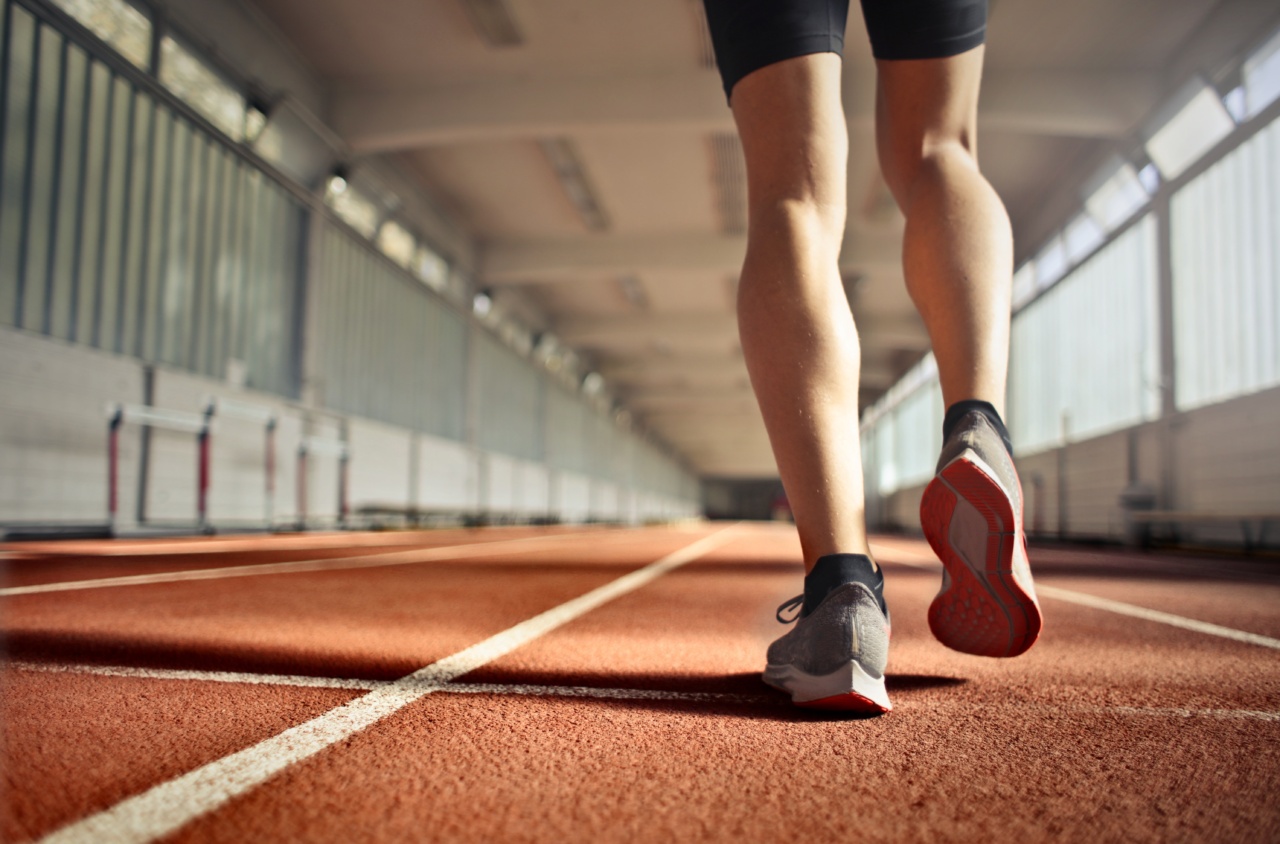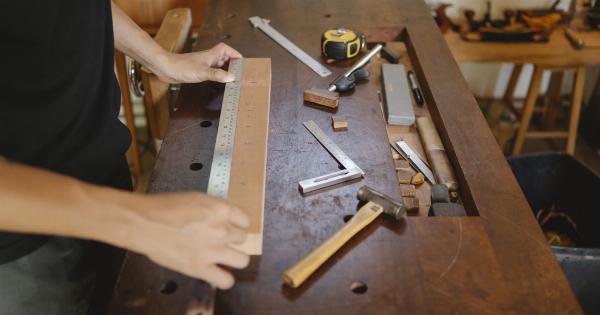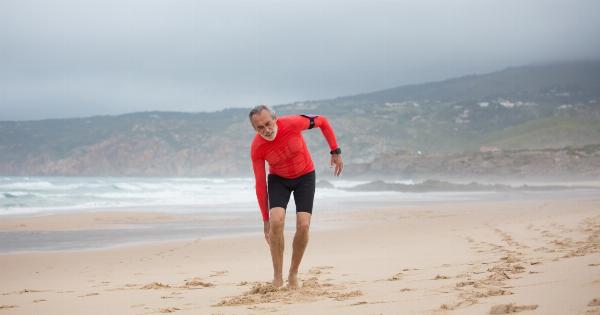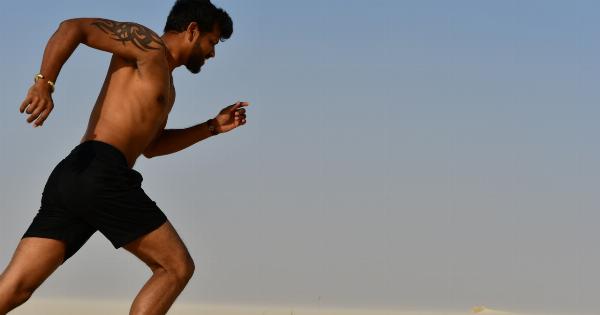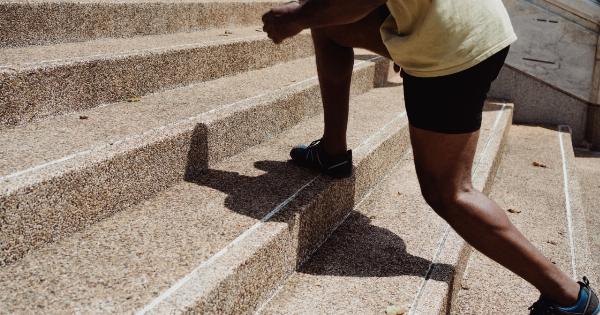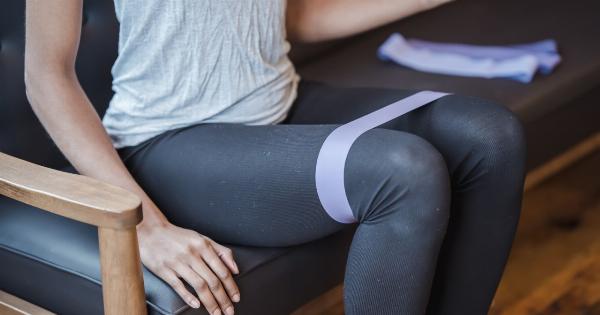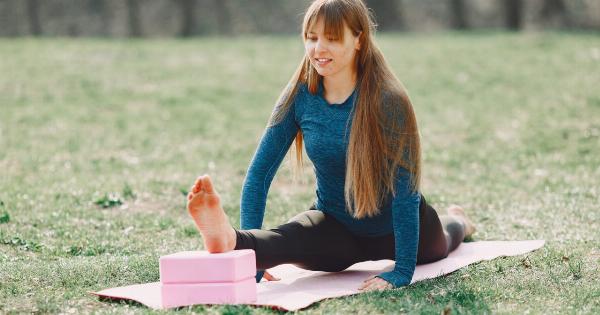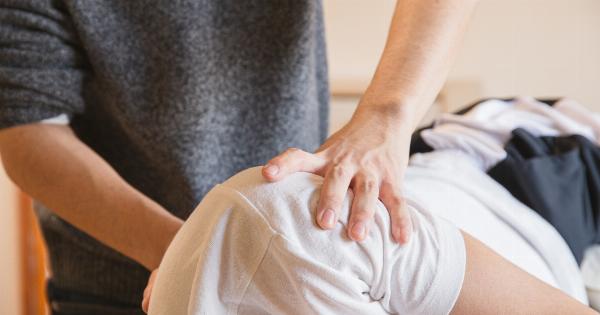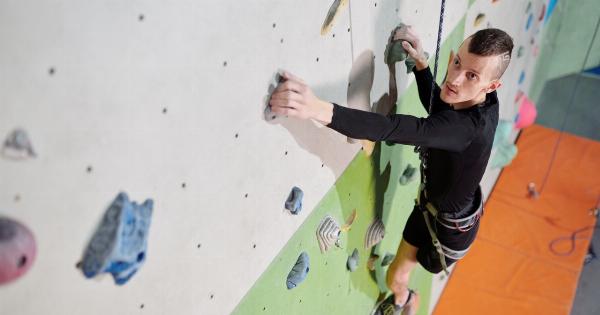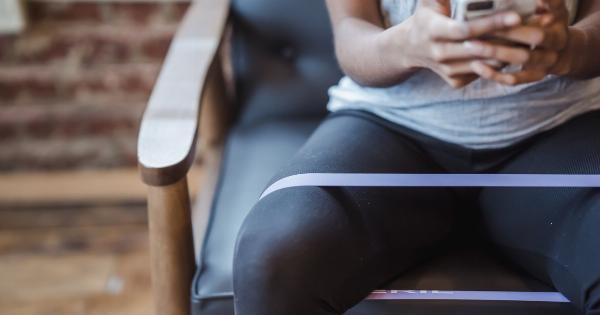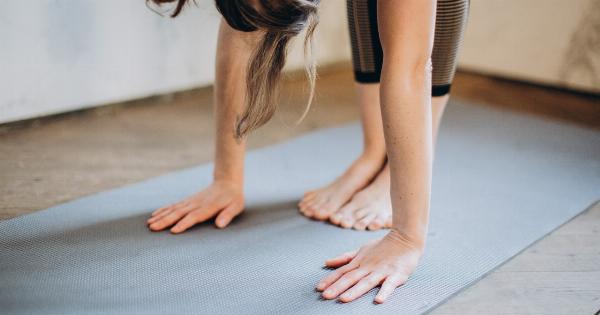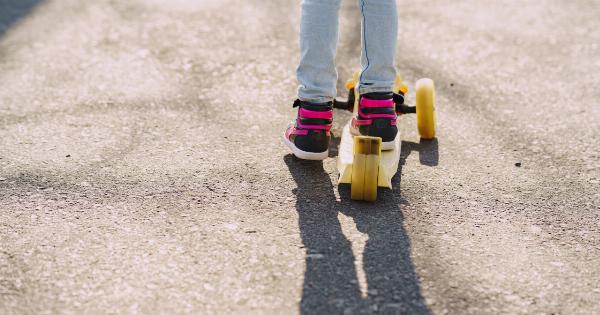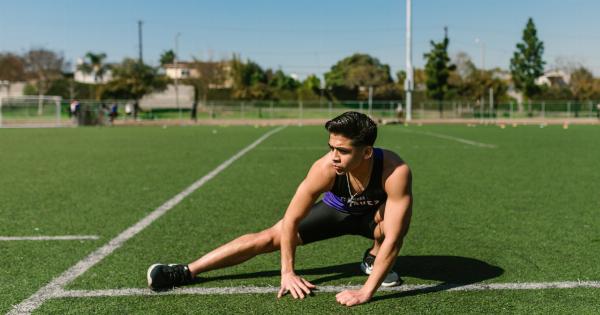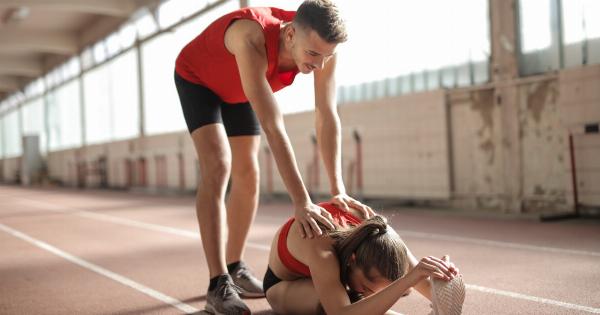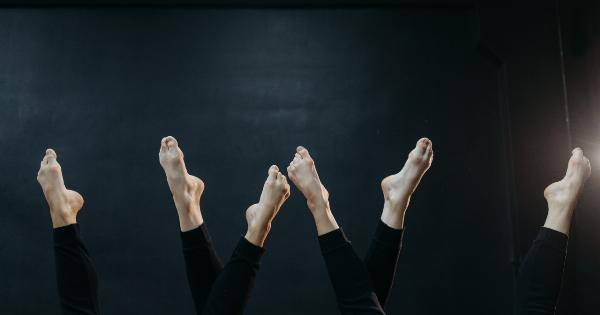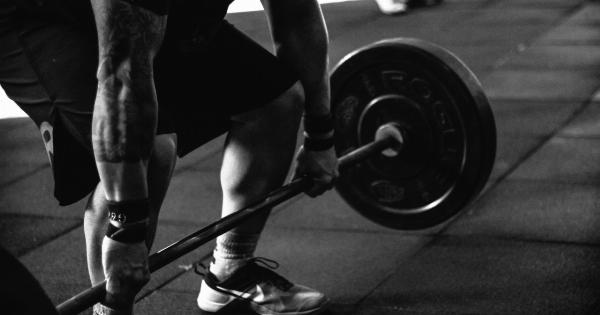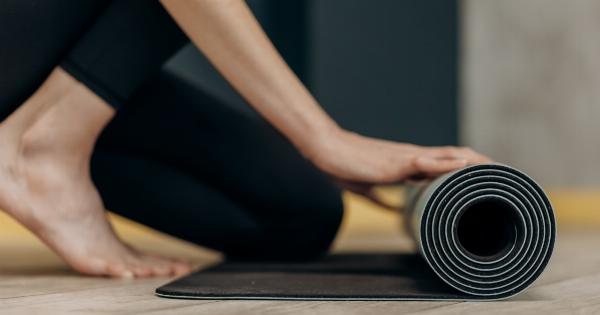Bunions are a common foot deformity that can cause pain and discomfort. They occur when the big toe joint becomes misaligned and starts to protrude outward.
This condition can be genetic or caused by wearing tight shoes, high heels, or excessive pressure on the feet. While surgery is a common treatment option, there are also effective foot bunion corrective exercises that can help alleviate the pain and improve the alignment of the toes.
1. Toe Stretching
Toe stretching exercises can help improve the flexibility and alignment of the toes. Start by sitting in a comfortable position and extend one leg in front of you. Use your hand to gently pull each toe back and hold for a few seconds.
Repeat this exercise with each toe on both feet. Gradually increase the duration of the stretch as your flexibility improves.
2. Toe Flexing
In a seated position, place a small towel or cloth on the floor in front of you. Use your toes to scrunch up the towel and pull it towards you. Repeat this exercise for a few minutes daily.
Toe flexing helps strengthen the muscles in your foot and encourages proper toe alignment.
3. Toe Separation
Toe separation exercises can be effective in realigning the toes and reducing bunion discomfort. Sit in a comfortable position and place a small rubber band or toe separator between your big toe and second toe.
Gently squeeze your toes together and then release. Repeat this exercise several times to promote proper alignment of the toes.
4. Arch Strengthening
Strong arches provide better support and can help alleviate bunion pain. Sit in a chair with your feet flat on the ground. Slowly lift your toes off the ground while keeping your heels planted.
Hold this position for a few seconds and then lower your toes back to the ground. Repeat this exercise several times to strengthen the arches of your feet.
5. Calf Stretch
Tight calf muscles can contribute to bunion pain. Stand facing a wall and place your hands on the wall for support. Step one foot back and keep it straight while bending the front knee. Lean forward until you feel a stretch in your calf muscle.
Hold the stretch for 20-30 seconds and then switch legs. Repeat this exercise a few times on each leg to loosen the calf muscles.
6. Ankle Circles
Ankle mobility is essential for proper foot alignment and function. Sit in a chair or lie down with your legs extended. Rotate your ankles in a circular motion, first in one direction and then in the other.
Perform this exercise for a few minutes daily to improve ankle flexibility and blood circulation in your feet.
7. Toe Walking
Toe walking helps strengthen the muscles in the feet and toes and can aid in alleviating bunion pain. Stand on tiptoes and walk forward for a set distance or time. If this is initially challenging, hold onto a sturdy surface for balance.
Gradually increase the duration and frequency of this exercise as your foot muscles strengthen.
8. Ball Rolling
Using a tennis ball or a frozen water bottle, roll it back and forth under your foot for a few minutes. This exercise helps massage the foot muscles and improves blood flow. It can also help relieve tension and pain associated with bunions.
9. Toe Squeezing
Sit comfortably in a chair and place a small cloth or towel on the floor in front of you. Use your toes to grasp and lift the cloth off the ground, holding it for a few seconds before releasing.
Repeat this exercise several times to strengthen the muscles in your toes and improve toe alignment.
10. Resistance Band Exercises
Using a resistance band, wrap it around your toes and gently pull on the band. This exercise helps strengthen the toe muscles and promotes proper alignment.
Perform various movements like flexing and extending your toes while applying resistance to the band.
